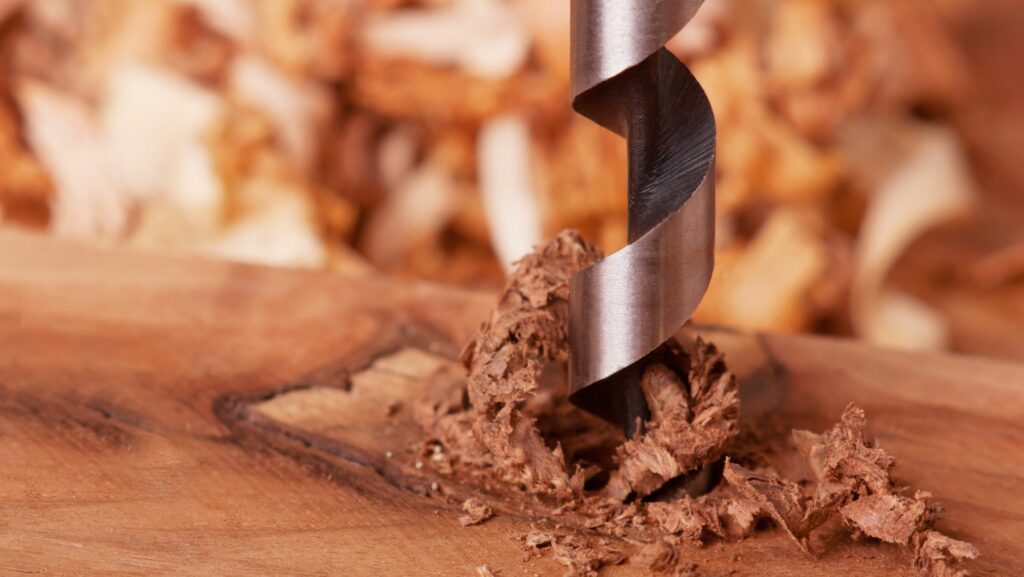Starting any construction or landscaping project begins with one critical step: breaking ground. Whether you’re building a new fence, laying the foundation for a shed, or preparing for large-scale commercial work, the way you dig those first holes sets the tone for the entire project. Get it wrong, and you could face delays, higher costs, and a lot more manual labour than you bargained for. Get it right, and the rest of the job flows more efficiently, saving you time and effort. For many professionals and DIY enthusiasts alike, one method consistently proves both efficient and precise: auger drilling. Known for its ability to bore deep, clean holes quickly, this technique is becoming a go-to solution for projects where accuracy and speed matter most. It’s a smarter approach that reduces strain on workers and helps ensure that the worksite is prepared properly from day one. Before you pick up a shovel or rent a machine, it’s worth exploring why this method outperforms traditional digging for so many types of jobs — and how you can take full advantage of it in your own projects.
Why Efficiency Matters from the Start
When it comes to construction or outdoor building projects, the ground preparation stage is more than just the “first step” — it’s the foundation (literally and figuratively) of everything that follows. Poorly dug holes can throw off alignment, lead to uneven structures, and require expensive fixes later on. An efficient start also matters for your budget. Labour hours add up quickly, and delays caused by slow digging or rework can eat into your schedule and bottom line. That’s why many builders prefer equipment and techniques that minimise wasted time without compromising accuracy.
How It Works
The auger is essentially a helical screw blade that rotates into the ground, carrying soil up to the surface as it bores downward. It can be operated manually for small projects or mounted to powered machinery for larger, deeper jobs. The main advantages include speed, as drilling is significantly faster than manual digging, especially in compact or clay-heavy soils; consistency, with holes maintaining a uniform width and depth essential for structural stability; reduced labour, meaning less physical strain on workers and fewer injuries; and precision, which is ideal for projects where hole placement and depth are critical.
Projects That Benefit the Most
While there are many uses for this method, certain projects see particularly big gains. Fence installation becomes easier with perfectly straight, evenly spaced posts. Foundation piers benefit from uniform holes that help ensure even weight distribution for buildings and decks. Tree planting is faster, and large holes can be drilled quickly without disturbing surrounding soil unnecessarily. Utility work also benefits from accurate boring for poles, signage, and underground services.

Matching the Tool to the Task
Not all augers are the same, and the right choice depends on your project size, soil type, and depth requirements. Hand augers are best for shallow, narrow holes in softer soils. One-man power augers work well for small to medium projects without heavy clay or rocky ground. Two-man augers offer more power for tougher soils but remain portable, while skid steer or excavator-mounted augers are necessary for large-scale or commercial jobs.
Soil Conditions Make a Difference
Before committing to any digging method, it’s worth assessing the ground you’ll be working with. Loose, sandy soils drill easily, while clay can slow things down. Rocky ground requires extra caution, as striking large stones can damage equipment or create uneven holes. A site inspection not only helps you choose the right equipment but also reduces the risk of hitting buried utilities or hidden obstacles.
Safety Always Comes First
As with any equipment, safety is critical. This means wearing gloves, boots, and eye protection; checking for underground utilities before starting; using proper lifting techniques to avoid strain; and operating machinery according to the manufacturer’s instructions. If you’re working with powered equipment, ensure you have a stable stance and maintain control at all times, especially when drilling in challenging soil conditions.
Time and Cost Savings Over the Long Run
While renting or buying specialised drilling equipment might seem like an upfront cost, the time saved often outweighs the expense — particularly for larger projects. Reduced labour hours mean lower payroll costs, and faster completion can free up resources for the next job sooner. Additionally, precise, clean holes reduce the likelihood of structural issues, which can be costly to fix after the fact. Over time, this reliability translates into stronger, longer-lasting builds and a better reputation for quality work.
Tips for Getting the Best Results
If you want to make the most of this approach, keep these pointers in mind: mark out holes carefully before starting to avoid costly rework; clear surface debris so equipment starts on stable, even ground; don’t force the drill — let the machine do the work to avoid damaging blades; check depth regularly to maintain consistency across the project; and have a plan for removed soil so it doesn’t pile up in the way.
A Smarter Start for Any Project
Breaking ground is always a big moment — it’s where vision begins to take shape. Choosing the right method at this stage sets you up for smoother progress and fewer headaches down the line. Whether you’re tackling a small backyard project or managing a major build, investing in the right tools and techniques ensures that the job starts strong. With greater precision, faster results, and less physical strain, it’s a smarter way to dig in — and the benefits last long after the first hole is in the ground.
